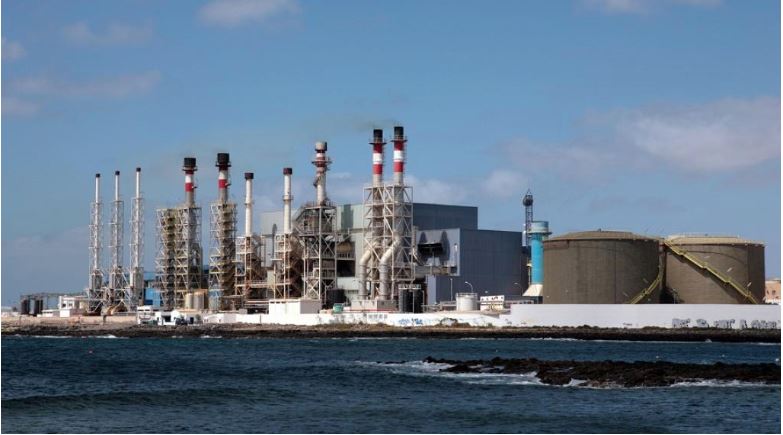Ocean Thermal Energy Conversion plant (OTEC)
- Posted By
10Pointer
- Categories
Science & Technology
- Published
8th Aug, 2022
-
Context
Ocean thermal energy conversion plant coming up in Lakshadweep.

About Ocean Thermal Energy Conversion plant (OTEC)
- The National Institute of Ocean Technology, an autonomous institute under the Union Ministry of Earth Sciences (MoES) is establishing an Ocean Thermal Energy Conversion plant.
- It is being established in Kavaratti, the capital of Lakshadweep.
- It has a capacity of 65 kilowatt (kW).
- The plant will power the one lakh litre per day low temperature thermal desalination plant, which converts seawater into potable water.
About Ocean Thermal Energy Conversion
- Ocean thermal energy conversion (OTEC) is a form of energy conversion that makes use of the temperature differential between the warm surface waters of the oceans, heated by solar radiation, and the deeper cold waters.
- OTECs are used to generate power in a conventional heat engine.
- Beyond the production of clean power, the OTEC process also provides several useful by-products.
- The delivery of cool water to the surface has been used in air-conditioning systems and in chilled-soil agriculture (which allows for the cultivation of temperate-zone plants in tropical environments).
- Open-cycle and hybrid processes have been used in seawater desalination, and OTEC infrastructure allows access to trace elements present in deep-ocean seawater.
- In addition, hydrogen can be extracted from water through electrolysis for use in fuel cells.
- The prospects for commercial application of OTEC technology seem bright, particularly on islands and in developing countries in the tropical regions where conditions are most favourable for OTEC plant operation.
Types of Ocean Energy
- Wave energy is generated by converting the energy within ocean waves (swells) into electricity.
- There are many different wave energy technologies being developed and trialled to convert wave energy into electricity.
- Current Energy – It is very similar to the wind above the oceans. Underwater turbines, large propellers tethered to the seabed, are moved with the marine currents to generate electricity.
- According to the Intergovernmental Panel on Climate Change (IPCC), given the scale of open ocean currents, there is a promise of significant project scale growth when technologies harness lower-velocity currents.
- Tidal Energy- Like conventional hydroelectric dams, power plants are built on river estuaries and hold back huge amounts of tidal water twice a day which generates electricity when released.
- India is expected to have 9,000 MW of tidal energy potential.
- Ocean Thermal Energy- Oceans are huge heat reservoirs as they cover almost 70% of Earth’s surface. The temperature difference between warm surface waters and the cold deeper layers can be used to generate steam and then power.
- Osmotic Energy- This technique produces energy from the movement of water across a membrane between a saltwater reservoir and fresh water reservoir. It is also called Salinity Gradient Energy.
|